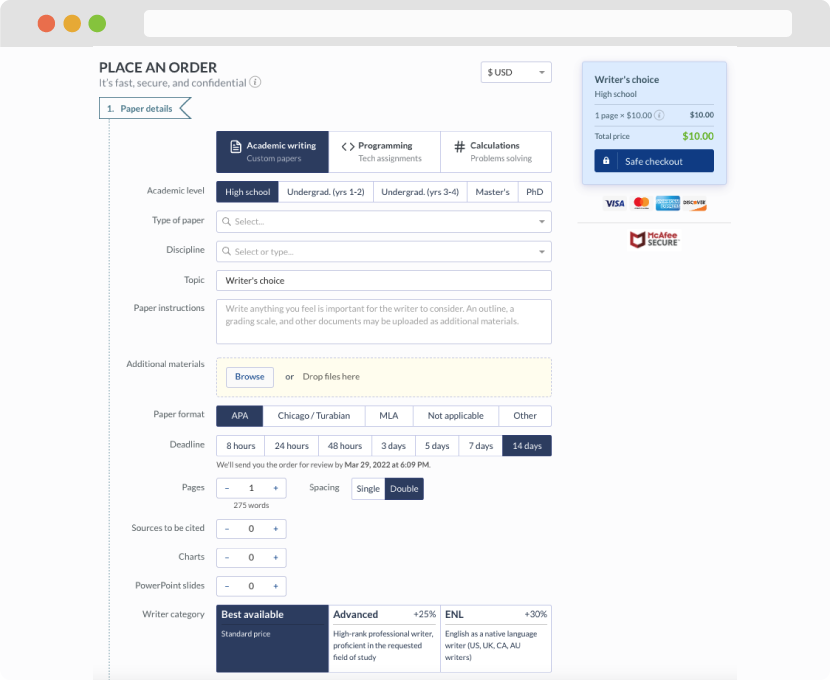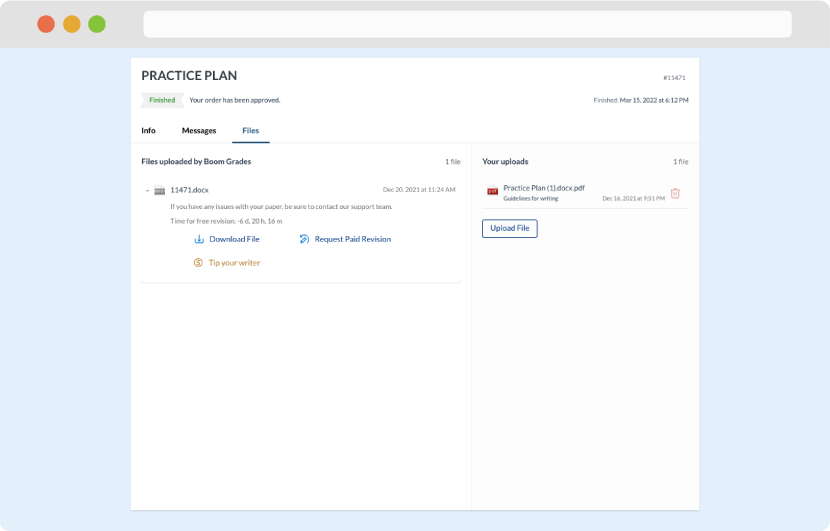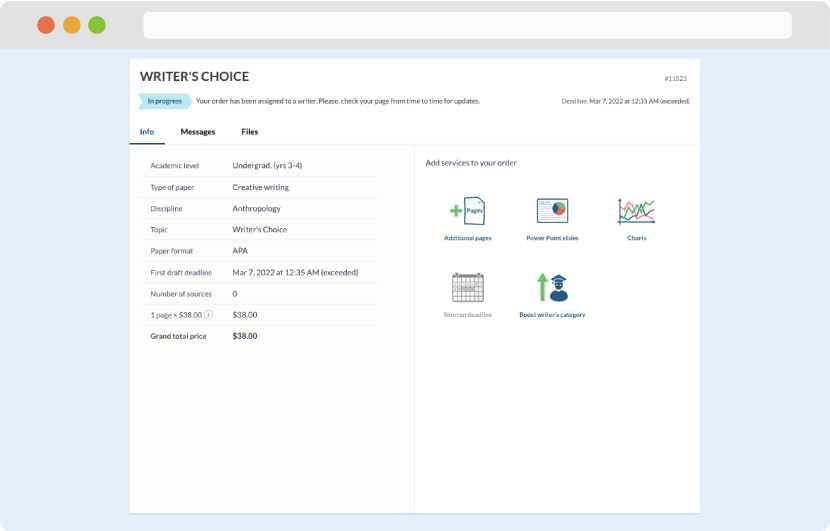Speak In first Person
Respond to at least two of your peers’ initial posts. Make sure you choose at least one post that focuses on stakeholders that are different from yours. Include the following details in your response:
June Discussion:
Hey Class,
Involving stakeholders in program planning is crucial because they bring different perspectives that help shape a well-rounded approach. Internal stakeholders, such as employees, managers, and board members, play a key role because they understand the organization’s daily operations, challenges, and goals. Their input ensures that the program aligns with the organization’s mission and resources. External stakeholders, including patients, community members, policymakers, and funding agencies, provide valuable insights into how the program impacts those outside the organization. Their involvement helps tailor the program to meet community needs and regulatory requirements (CDC, 2021).
Including stakeholders in the planning process ensures that their feedback continuously improves program design and implementation. It also increases their investment in the program’s success, making them more likely to support evaluation efforts and act on recommendations. This buy-in can lead to better resource allocation, policy support, and long-term program sustainability.
To assess each stakeholder’s influence and importance, I would consider their level of power and interest. A stakeholder analysis matrix can help categorize them based on their decision-making authority and how much they are affected by the program. For example, high-power, high-interest stakeholders—such as hospital executives or major funders—require close collaboration, while low-power, high-interest stakeholders—like patients—should still be kept informed and engaged to ensure their needs are addressed (Bryson, 2018).
Reference
Centers for Disease Control and Prevention. (2021).
Program evaluation for public health programs: A self-study guide. Retrieved from
https://www.cdc.gov/eval/guide/index.htm
Bryson, J. M. (2018).
Strategic planning for public and nonprofit organizations: A guide to strengthening and sustaining organizational achievement (5th ed.). John Wiley & Sons.
Shanice Discussion:
Good Day Class!
Internal stakeholders in program planning are persons or groups within the company, such as employees, managers, and board members, who have direct engagement or interest in the program. These individuals or groups are considered to constitute internal stakeholders. Their impact can guide the program’s goals, resources, and course of action. Employee comments on program design, for instance, can guarantee that the program fits operational reality; board members’ opinions can help to drive strategic alignment with the objective of the company. Since their demands, expectations, and comments may affect program effectiveness, external stakeholders like consumers, suppliers, partners, and the community also play a very important part. Their presence is essential to guarantee the program is relevant, viable, and sensitive to outside needs and situations. Including both internal and outside stakeholders helps one to have a more complete awareness of possible hazards, possibilities, and effects on the program (Bryson, 2018).
Utilizing methods for stakeholder analysis, such as a power-interest grid, may be an extremely efficient method for determining the extent of each stakeholder’s influence and relevance in the situation. This approach helps classify stakeholders according to their degree of interest in the results of the program and their degree of authority to affect choices. High power and highly interested stakeholders should be given top priority so that their issues are regularly handled and they are always involved. While those with high power but low interest may be watched with regular check-ins to assure alignment, those with lower power but great interest may need regular updates. Dynamic stakeholder management and regular assessment help one to adjust to evolving demands and impact (Freeman, 1984).
Reference
Bryson, J. M. (2018).
Strategic Planning for Public and Nonprofit Organizations: A Guide to Strengthening and Sustaining Organizational Achievement (5th ed.). Jossey-Bass.
Freeman, R. E. (1984).
Strategic Management: A Stakeholder Approach. Pitman Publishing
Essay Writing Service Features
Our Experience
No matter how complex your assignment is, we can find the right professional for your specific task. Achiever Papers is an essay writing company that hires only the smartest minds to help you with your projects. Our expertise allows us to provide students with high-quality academic writing, editing & proofreading services.
Free Features
Free revision policy
$10Free bibliography & reference
$8Free title page
$8Free formatting
$8How Our Dissertation Writing Service Works

First, you will need to complete an order form. It's not difficult but, if anything is unclear, you may always chat with us so that we can guide you through it. On the order form, you will need to include some basic information concerning your order: subject, topic, number of pages, etc. We also encourage our clients to upload any relevant information or sources that will help.
Complete the order form
Once we have all the information and instructions that we need, we select the most suitable writer for your assignment. While everything seems to be clear, the writer, who has complete knowledge of the subject, may need clarification from you. It is at that point that you would receive a call or email from us.
Writer’s assignment
As soon as the writer has finished, it will be delivered both to the website and to your email address so that you will not miss it. If your deadline is close at hand, we will place a call to you to make sure that you receive the paper on time.
Completing the order and download